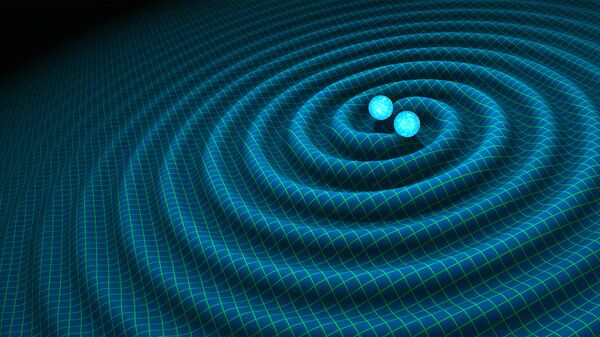An international group of astronomers using the Atacama Large Millimeter/submillimeter Array telescope (ALMA) in Chile is studying the birthplaces of ‘Tatooine planets’. Planets are born into protoplanetary disks, but most of the disks that we know of orbit single stars and they have a typical shape, whereas binary stars can warp disks around them, which results in weird positions relative to their host stars.
So studying Tatooine protoplanetary disks provides a unique opportunity to learn about how planets form in different environments.
"With our study, we wanted to learn more about the typical geometries of circumbinary disks", said Ian Czekala, an astronomer at the University of California at Berkeley. Czekala and his team used data from ALMA to analyze the relative positions of protoplanetary disks and binary stars.
The researchers determined that the degree of misalignment between the two depends on the orbital period of the host stars. The longer the orbital period of the binary system, the more misaligned the disks are and vice versa.
Czekala and his team now want to establish what triggers this correlation. "We want to use existing and coming facilities like ALMA and the next generation Very Large Array to study disk structures at exquisite levels of precision", he said, "and try to understand how warped or tilted disks affect the planet formation environment and how this might influence the population of planets that form within these disks.”

